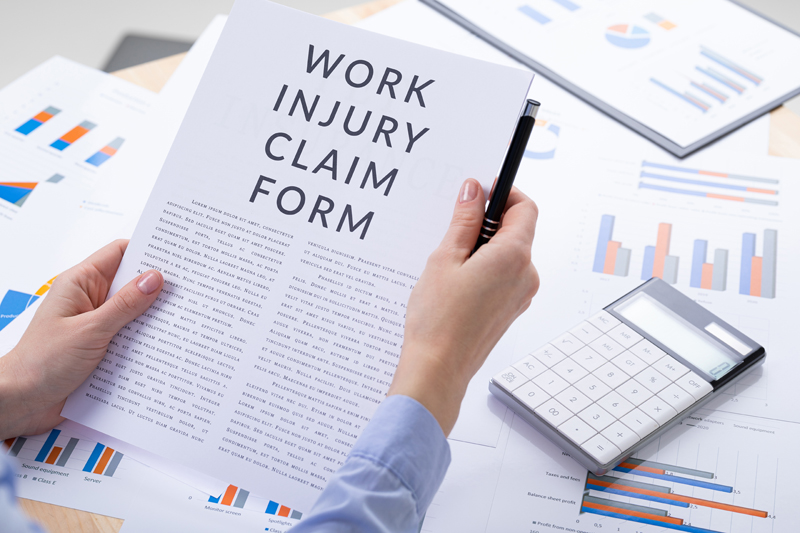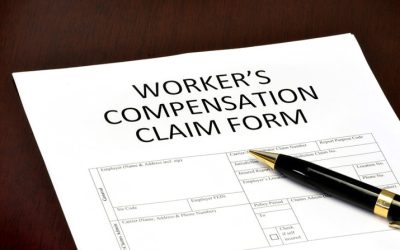The COVID-19 epidemic has raised many challenges for businesses, with the threat of an increase in occupational illnesses looming high. Though the full impact of the virus cannot be accurately predicted, employers are expecting a greater number of claims for some industries, increased overall costs, and substantial administrative burden. Though claims processing could be accelerated with medical review solutions, the sheer volume of medical records could pose considerable challenge. Workers in the aviation, hospitality, transportation, manufacturing, construction, retail, and sharing economy are at greater risk because the remote working model may not be practical for them. Medical professionals, first responders and public safety workers are at great risk because they have to be in direct contact with COVID-19 patients for a long time. Claims related to overexertion could increase, and these claims may be compensable as well under the state workers’ compensation systems.
Here are some important considerations that become relevant in the context of COVID-19.
What are the possible new challenges for workers’ compensation in the context of COVID-19?
- Since new hires are entering the workforce to meet the increasing demand for particular products and services, and possibly working in unfamiliar work environments, they could be prone to workplace injuries.
- With employees telecommuting, injuries could result from improper use of equipment, distractions, and lack of oversight of work environment.
- Many businesses have laid off their employees or terminated many employees. Such workers could apply for workers’ compensation benefits to offset their loss of income. There could be increased possibility for fraudulent claims.
How is workers’ compensation coverage different from compensability?
Workers’ compensation coverage pays benefits due to the injured worker on the basis of the applicable state statute or law. On the other hand, compensability signifies whether the workers’ compensation benefits are due to the worker based on provision contained in the relevant state statute. If the worker’s claim is compensable, then the coverage provided by the workers’ compensation policy will be initiated. In the case of a COVID-19 claim, whether or not it is compensable will be based on the relevant state statute and case law, and not the wording contained in the workers’ compensation policy.
In the current situation, employers can adopt some best practices for claims related to COVID-19 claims filed by employees.
- It is most important to notify the workers’ compensation insurer or third-party claim administrator as soon as an employee reports an injury/illness as work-associated.
- The claim should be filed at the earliest, following all standard workers’ compensation protocols.
- It is also vital to have the claim staff carry out a detailed investigation to find out whether the benefits are due to the worker based on state law and other facts.
- Sometimes the benefits may be denied. Keeping this in mind, the matter can be reported to other possible sources of medical care and benefits that the employee may be eligible for. This will help speed up the claim processing if there is a denial.
- Make sure that the employees are aware of any employee assistance programs available to help them handle the mental and psychological issues associated with contracting COVID-19 or exposure to it.
According to a willistowerswatson.com article, a workplace outbreak of an infectious disease such as COVID-19 has a greater chance of coverage under workers’ compensation if factors such as the following are present.
- An increased risk of contracting the infection associated with the type of employment. OSHA has stated that each state will make this association based on their respective statutes.
- Whether the disease’s symptoms are identifiable with a specific medical condition or prevailing factor such as the COVID-19’s unique genetic marker.
- How easily recognizable the transmission and the transmitter of the disease may be with regard to a particular point in time. In other words, whether the exposure to COVID-19 can be identified to have undoubtedly taken place at the workplace.
- State statutes and cases precedent.
OSHA classifies workers into four exposure risk categories, and the majority of workers fall in the “medium” or “lower” risk groups.
- Very High: Workers such as healthcare professionals who have a high potential for exposure to known/suspected sources of COVID-19..
- High: Employees such as healthcare delivery and support staff, and medical transport workers who have a significant risk for exposure to known/suspected sources of the virus..
- Medium: This group includes those who require close or frequent contact with probable COVID-19 patients, but who are not known or suspected COVID-19 patients..
- Lower: These are people who don’t require contact with people known to be, or suspected of being infected with the virus, nor require frequent close contact with the general public..
So, what can employers do if an employee contracts the virus? Factual information must be submitted that includes the worker’s job duties, location of work over the 3-week period before the diagnosis, travel history during that 3-week period, date of symptoms onset, known points of contact with infected individuals, and the physician’s notes and diagnosis. Employers must also cooperate with claims investigation by insurers.
The COVID-19 virus has brought with it a number of challenges for people and businesses in all walks of life. Employers, insurers, and workers’ compensation attorneys are all striving to manage the large number of claims, Providers of medical record review services are also experiencing a flood of medical record review requests from insurance attorneys. Employers face the maximum challenge and uncertainty, and can take effective steps to manage the claims better even as the pandemic continues to wreak havoc and the society strives to get back to normal. Employers, third-party administrators, and insurers can all work together to make sure that the claims are properly scrutinized. This is of particular significance now when there is the threat of more fraudulent claims being filed, and questions of compensability exist. Employees must be given injury prevention training and education. New hires must also be trained on their key job functions and the right way to perform their vital tasks. Through video tutorials and other strategies, employers can highlight health and safety best practices. This will help minimize workers’ compensation claims and associated concerns.
Disclaimer: The above content is meant only for informational purposes and is not professional legal counsel. Contact a workers’ compensation attorney for a professional opinion.




